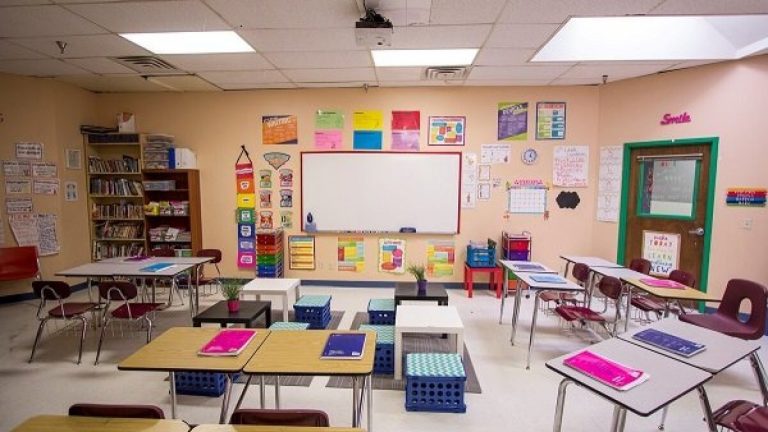
Given?the demands of the modern classroom, digital education asset tracking is more efficient than ever. Often, one of the most challenging things for schools to do is?to keep their inventory organized. With the integration of digital tools, an educator and an administrator can simplify this process, which also saves?time and money. In this post, we share?how you can view what is happening to your classroom equipment and supplies.
Why You Need?to Track Classroom Resources
Good classroom resource management has?multiple reasons why it is so important. This minimizes lesson disruptions because it ensures that equipment is up and running when it is?needed. It prevents wastages and losses,?too. Suppose teachers do not have to worry about these logistics, with an organized inventory. In that case,?they can concentrate on developing students’ skills instead, and an education asset tracking software helps a lot in this regard.
How to Choose the Best Digital Tool
The first step is to?choose a suitable digital tool. Depending?on specific requirements, various software packages are available, providing features such as tracking a shipment in real time, notifications, and reporting. Such tools can be customized to match the needs of?a school or classroom. Factors such as ease of use, price, and compatibility or integration with?different systems have to be considered when determining what to select.
Building?a Digital Inventory Management System
Implementation is the?next step after selecting the right tool. We start by listing all the equipment?and supplies. This process includes pre-tagging each item with?its own unique identifier, such as a barcode, QR code, or other ID tag. The ID tags make tracking and?management through the digital system hassle-free.
Training?Personnel and Students
Staff and students need to be properly trained to ensure that a digital inventory system is effective. Teachers should know how the system works to check items in and?out. Conduct training sessions?to allow everyone to learn features of the tool. When students are encouraged to get involved in the process, it?also instills a sense of responsibility and accountability.
Digital?Tracking Advantages
There?are many benefits to tracking digitally. It offers real-time analytics, keeping administrators up-to-date on the condition of their?assets. That level?of transparency helps facilitate better decisions. Also, digital systems usually have reporting capabilities, meaning schools can track how many students are?using them and whether it will be feasible to have them in the future. This means you?can budget your decisions based on relevant insights.
Keep Your Inventory Up?to Date
The inventory needs to be live to?be correct. Periodic audits should be performed to verify that the digital?records align with what is in the physical inventory. This allows discrepancies to be caught early before they become issues later. Automated?reminders for inventory checks can ease the process.
Addressing Challenges
Digital tracking has advantages but can present possible challenges. Technical glitches can occur that require immediate intervention to prevent disruption. An organization or a plan is key to?overcoming this. Follow your support system for guidance. However, you also need to?secure the data. Employing robust security protocols protects sensitive?data from unauthorized access.
Fostering an?Attitude of Accountability
Digital tracking in the classroom builds a culture?of responsibility. Engaging students and?staff in the process means they develop an understanding of the resources available to them. This awareness results in using and taking greater care of the?equipment and supplies used. Over time, this culture can lead to considerable savings and efficiency.
Evaluating the System
Regular assessments on?the digital tracking system are required to ensure its effectiveness. The?feedback can help you to make the necessary improvements. A few optimizations can be?done to make it more user-friendly and functional. Moreover, the continuous evaluation ensures that the system evolves with the changing needs?of time.
Conclusion
One highly functional way to address many of the administrative woes of?schools is the introduction of digital tracking into classroom tools and miscellaneous items. With the right tool, a proper implementation, and a culture of accountability, schools can be more?efficient. They facilitate better management and, in turn, improved resource utilization, which improves the experience?of the educators and students alike.

